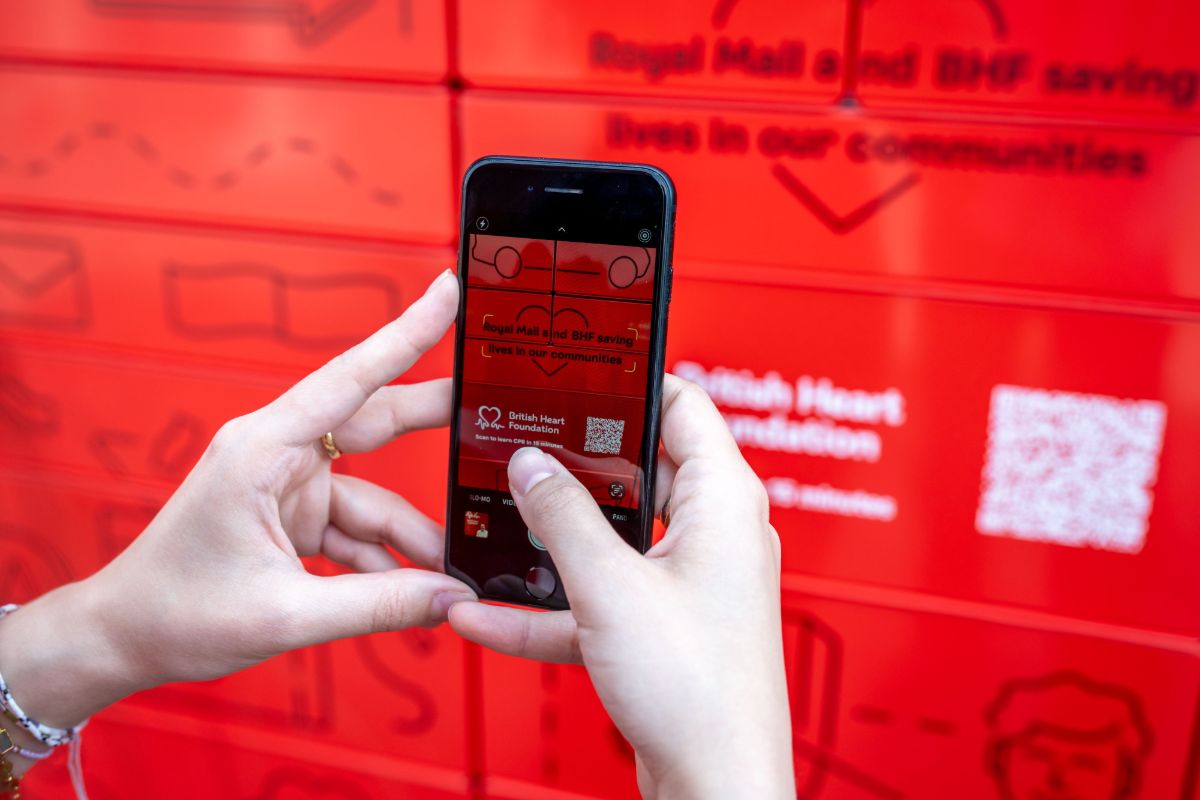Customers increasingly expect personalised service and retail offerings that fit around them. Martin Shaw outlines the metrics that show how Top500 retailers are performing here
The idea of serving the customer is central to retail. At the most basic level, the proprietor of a corner shop is likely to know who buys what paper, who shops on price and, in this 21st-century world, who’s most likely to bring in a parcel to send or want a top-up for their mobile. Get these basics right and people remember.
But scale this up and in key respects it becomes trickier to describe what constitutes loyalty-inspiring customer service. That’s because of the sheer complexity of 21st-century retail, where deliveries and returns, once widely seen as unglamorous back-office functions, are now recognised as crucial parts of customers’ cross-channel journeys.
Reflecting the complexities here, RetailX researchers took a holistic approach to measuring what constitutes great customer service and a great customer experience when compiling the IREU Top 500. To arrive at our list of the leading retailers in this Performance Dimension, we measured such areas as:
- Multichannel loyalty programmes where the retailer knows the same customer whether it’s in store, on the website, on the phone app, or on social media
- The usability and experience of the mobile and desktop websites of retailers, in terms of engineering and load times, as well as website signposting, navigation and search – the ease with which customers can find items
- Interaction metrics on websites such as pages per visit and bounce rate
- On the product display page, we gauged product information as well as the customer’s ability to leave and benefit from others’ feedback through reviews and ratings
- The speed and helpfulness of customer service on different channels, including Facebook and email tests
- The efficiency of processes such as returns and completing a purchase journey across channel
- Localisation in customer service and communication channels, in addition to fulfilment
Since we last compiled the IREU Top500, we have also expanded the scope of our research. This in part reflects the new ways in which retailers across Europe are thinking about customer service and customer experience. It also includes some metrics we have previously used in other parts of the Top500 Index. The following metrics are new to the Customer Dimension:
- Metrics that show how long visitors dwell on retailers’ websites – including pages per visit, average time spent and bounce rate sourced from Hitwise and SimilarWeb
- The relevance of site search – a measure of how easily and efficiently a consumer looking for a specific item can find it if it is sold by the retailer. (This metric joins other desktop website metrics on navigation and UX that were incorporated in previous years)
- Mobile website-specific UX metrics, including search relevance, which matters more on the smaller screen; ease of navigation, a subjective measure; and the use of the standardised hamburger button (placed typically in the top corner of a graphical user interface) among other design metrics
- For those retailers with apps, we have also added a few mobile app metrics around customer service and usability. We’ve measured, for example, whether multichannel retailers allow app users to scan in a store loyalty card or tie-up to a multichannel store account. With features such as these, it’s likely that retailers are achieving a single view of the customer. We’ve also measured whether live chat, one of the most popular customer service channels, is available in apps. Where an app has notable usability failures or serious bugs, we’ve marked the retailer down. Finally, we’ve checked apps for different features that customers can use to personalise their experiences
See the methodology section for an overview of important metrics.
The key results
What follows is a summary of the IREU Top500 findings in this Performance Dimension. Retailers trading to a significant degree in a member state are included in the findings for that country. For some metrics, too few retailers operate in a country for us to quote country-specific results. All retailers are included in the EEA figures.
Processes
Within the EU, retailers have to allow customers 14 days to return goods. However, across the EEA, Top500 retailers already exceed this minimum, with 18 days being the median number of days offered by most retailers. In Romania and Italy, this rises to 30 days. Clearly, offering the ability to return goods is important in these markets.
Turning to those retailers that offer to refund the cost of returns, this is offered by 15% of retailers across the EEA. It’s a service that’s most developed in the UK, where it’s offered by 21% of retailers and where it’s increasingly commonplace for customers, for example, to buy items in more than one size or colour before returning those they don’t want. Just 4% of retailers operating in Slovakia offer this service.
Website feedback and navigability
Overall, 54% of retailers operating in the EEA offer the facility for customers to post product ratings on product pages, while 56% offer the facility to post product reviews. Intriguingly, there’s a strong correlation between these two figures when it comes to individual countries. In Portugal, for example, one of the countries where Top500 retailers are least likely to provide these functions, 32% of retailers offer both product ratings and reviews.
Mobile website performance
As we move to a mobile-first world (if we aren’t already there), the metrics here are especially important. Within the EEA, the median time for a mobile site to download is 8.2 seconds. Industry bodies generally set the benchmark at just two and a half to three seconds to be visually rendered, so it seems that many of the Europe Top500 are struggling with the basics. In the Czech Republic, the Netherlands and the Baltic nations, the equivalent figure is around six seconds, but nine seconds in the UK, Austria and Denmark. All these figures are based on the same relatively-high end user data speed and testing apparatus.
The data start figure is a measure of when a device starts receiving information with which to render a webpage, which is 0.08 seconds across the EEA and matches the desktop experience. Go beyond that and there’s still a long way to go before the mobile experience offered by retailers matches that on the desktop. The data start figure for mobile sites was marginally faster in a few states including France, Denmark and Italy, tied at 0.06 seconds.
The median size for mobile web pages across the EEA was 1.9MB, with the largest pages occurring in the UK, Poland and Germany. Mobile web pages were smallest in the Baltics, the Netherlands and Belgium.
Across the EEA, render start (when items start to appear on the display) averages 2 seconds. The slowest sites are for retailers operating in Sweden, the Czech Republic and France (2.2 seconds), and the fastest in Slovakia, Ireland and Romania (less than 1.8 seconds).
Mobile apps
Considering the importance of mobile, these are still underdeveloped across Europe, with just 7% of multichannel retailers with an app, for example, offering the ability to scan a store loyalty card, an important technique in joining up channels. In high-performing Ireland, the equivalent figure was 17%.
Across the EEA, 21% of apps had serious bugs likely to cause crashing or failure to function as designed. These have been marked down in The Customer Dimension. Apps deployed by retailers in Portugal and Spain performed most poorly, with 31% off apps having serious bugs. The best-designed apps were in Romania, Austria and Germany but even here, respectively, 13%, 17% and 18% of apps had serious bugs.
Desktop website performance
As we have already noted, the median data start figure for desktop sites across Europe is 0.08 seconds. Retailers operating in Poland exceeded this figure at 0.06 seconds, but the difference is so small as to be insignificant.
Across the EEA, desktop websites take a median of 8.45 seconds to be visually complete. There are more subtle ways to measure performance here, including through time-to-interaction and the parts of the page that render first. But as a consistently measured figure, it indicates an industry that is falling far short of the standards it has set collectively and, more important, of the standards consumers expect. Germany trails on this metric, with the median Top500 company’s homepage taking 8 seconds to be visually complete. Ireland, Hungary, and Belgium lead in this area, with median values under 7 seconds.





